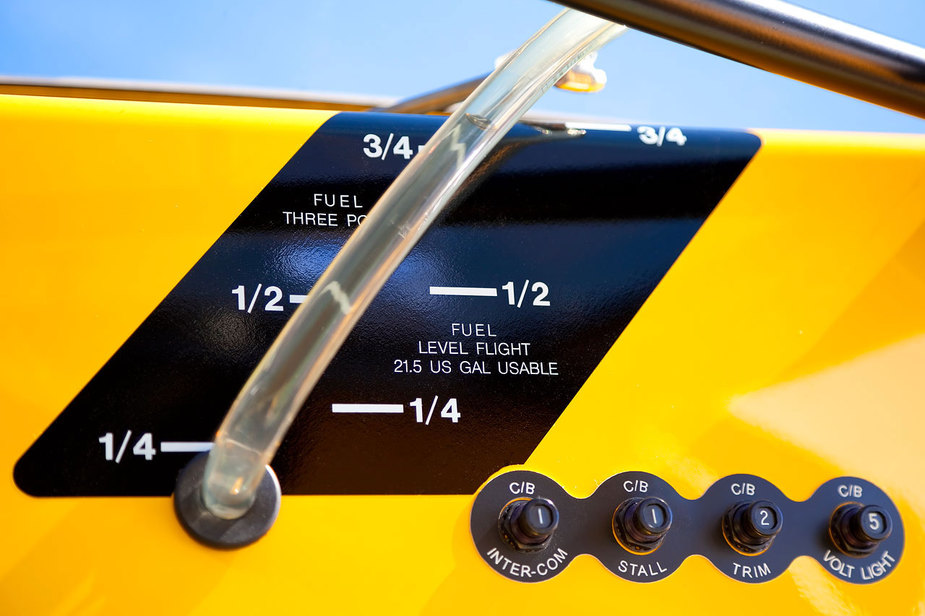Hi there,
Why are pilots so afraid of the truth? Look how biased the comments are to the Unfit article:
http://www.aopa.org/News-and-Video/All-News/2014/June/18/USA-Today-report-extremely-flawed-AOPA-says.aspx?CMP=ADV:1
It’s amazing that we can disguise rubbish we fly with passion for flight. I proudly fly an old Cessna (and really love doing it) but I’m the first to admit it’s the greatest load of crap – fuel gauges that don’t work, DI that doesn’t either, wings that corrode, engine with a thingy called a carb? (whats that?). Yet – not only do we accept it (and I do accept it, it’s what I can afford), but also justify it as being ‘quality’ or otherwise.
I’m the first to admit I fly junk, I can afford this level but at least I can admit it’s not quality or safe.
Whats wrong with a dose of reality for us all from time to time?
DMEarc
I fly a wood-and-fabric Jodel DR1050 taildragger, with no AH, DI, or navigation avionics. It’s run on petrol from Tesco. It was a rebuild in the late 70s from crashed 1961 and 1964 aircraft, long before we bought it.. It’s not rubbish – it’s much more pleasant to fly than a C172. It’s Permit Renewal final examination is tomorrow – and we’ve been working on it for a week, fixing items from the initial examination. None of these were immediately threatening safety.As a result we know the aircraft well, and fly it within its weather limits. With four retired guys in a Group of six, we’ve the time to do this and save money. This leaves more money to spend on flying – and keeping current.
Many fatal accidents are pilot losing control – which is not an “aircraft rubbish” thing.
PS While working/chatting, we’ve suspected something as a vibration cause which we’ll fix/get fixed in the near future, and which the Inspector did not regard as needing fixing.
Same here. I have no problems in keeping track of my fuel, and my AH and DI work fine although both aren’t really necessary for my flying. My planes are beautiful and economical given the job the have to do, and they don’t have any corrosion. Given a choice I prefer a fuel system with two moving parts that requires no pump or electricity to operate. That’s the truth for my circumstance, and I bravely face it every day 
It seems to me that some of those affected redirect their frustration with extreme tax & regulation into a relentless psychological ‘need’ to bash aircraft engineering.
Maoraigh – I’ve never flown a Jodel and it sounds like fun!
It seems to me some of us like to actually go get places in something else than a Ford T. It also seems to me that some people’s obsession with tax and regulations they neither understand, vote upon nor pay has no actual link to other people’s psychological “needs”.
Then again, people think the Corvette is a super-car comparable to a BMW or an Audi. Which is probably why most latest advances in engine and powerplant (composite build, diesel engines) have come out of Europe.
Horses for courses.
There is sometimes an appropriate level of technology, for a light aircraft simple well proven mechanical devices are that appropriate level of technology.
Like an hourglass for timekeeping, hot air for lift and a bobweight for straight and level?
I do think the truth is somewhere in between.
The Cessna “sliding seat” problem is pure “finger up” negligence which they should have fixed. Same as Macdonalds serving coffee at +99.9C.
I would not buy a plane which has a carb (carb icing is just such a completely pointless risk) even if you gave it to me for nothing, but I don’t agree that having a carb is negligent.
I strongly think that the crappy fuel gauges most of us have is negligent, because anytime after about 1970 it was possible to produce a highly accurate fuel gauge. The airframe manufacturers just carried on with a “finger up” attitude. But by then the issue was firmly wrapped up in PPL training where you are taught to not use the gauge and use a method of fuel planning (based on flying time) which would be laughed at in any engineering discipline as being so totally obviously dodgy and unsuitable for the job. I realised this the instant I walked into a flying school (the same FTO which was later responsible for the G-OMAR classic fuel exhaustion accident) and have not changed my view since. My 1978 Datsun 100A had an accurate fuel gauge – even though its door mirrors rusted around and fell off within 1 year. As a result, most GA flight is done safely with massive margins which make the planes pretty useless for decent trips, and those who try to push it harder sometimes run out of fuel.
So yeah there is a great deal wrong in this business.
You can escape from most of it but you have to spend serious money on buying your own plane.
The fuel gauge conundrum can be easily solved – transparent plastic fuel tanks.
Simple, reliable mechanical solution. Plus in time avgas would eat into the plastic so it also satisfies the overhaul fetish.
Our fuel gauge is purely mechanical. It’s both accurate and reliable despite approaching its 70th birthday.
I’ve flown plenty of GA aircraft with good fuel gauges (even electric fuel gauges that worked fine – our club in Houston had a straight back Cessna 182 whose fuel gauges worked perfectly well despite the age). I’ve also flown plenty with useless fuel gauges.
What’s wrong with the good old Cub fuel gauge? ;)
